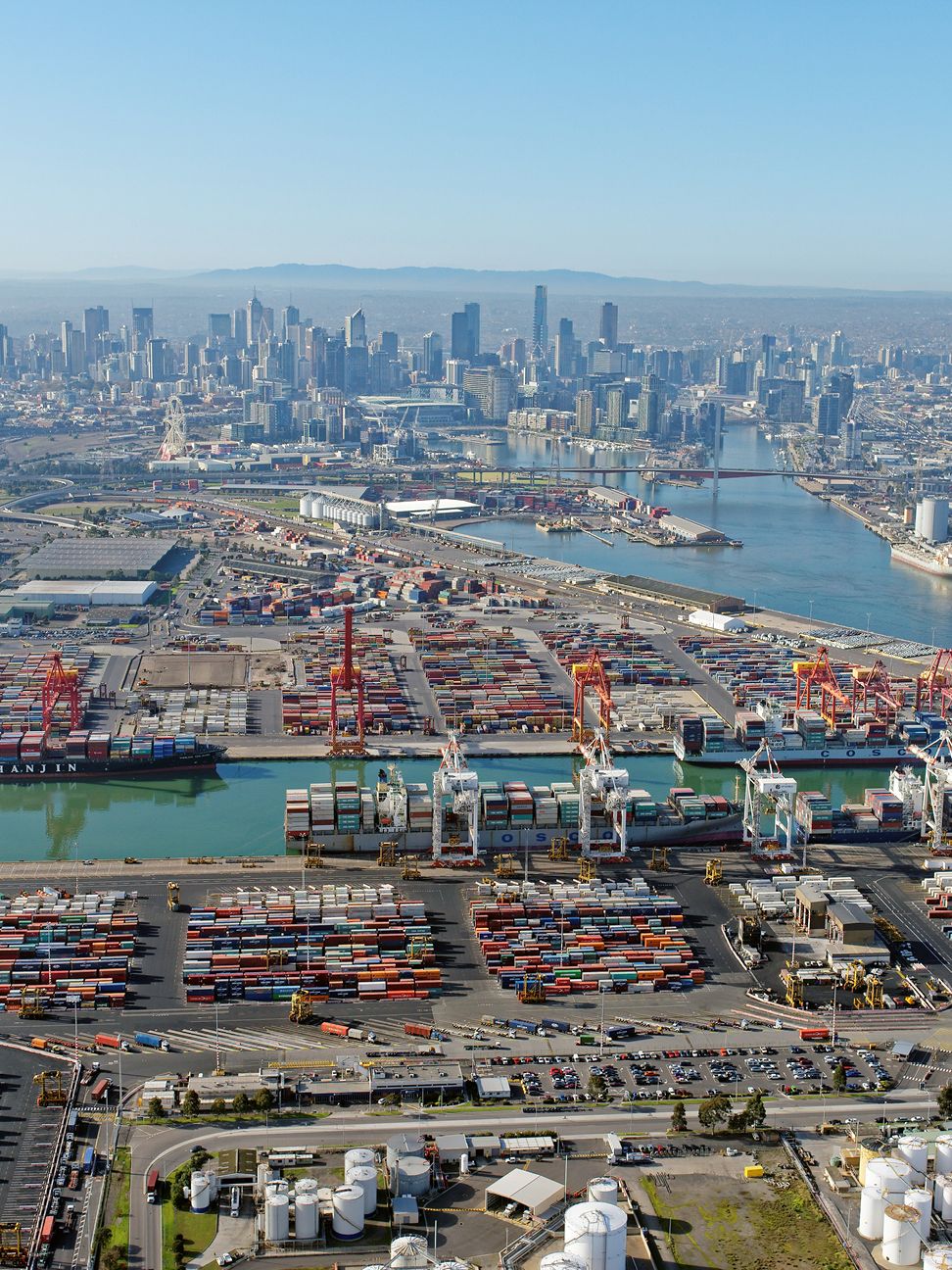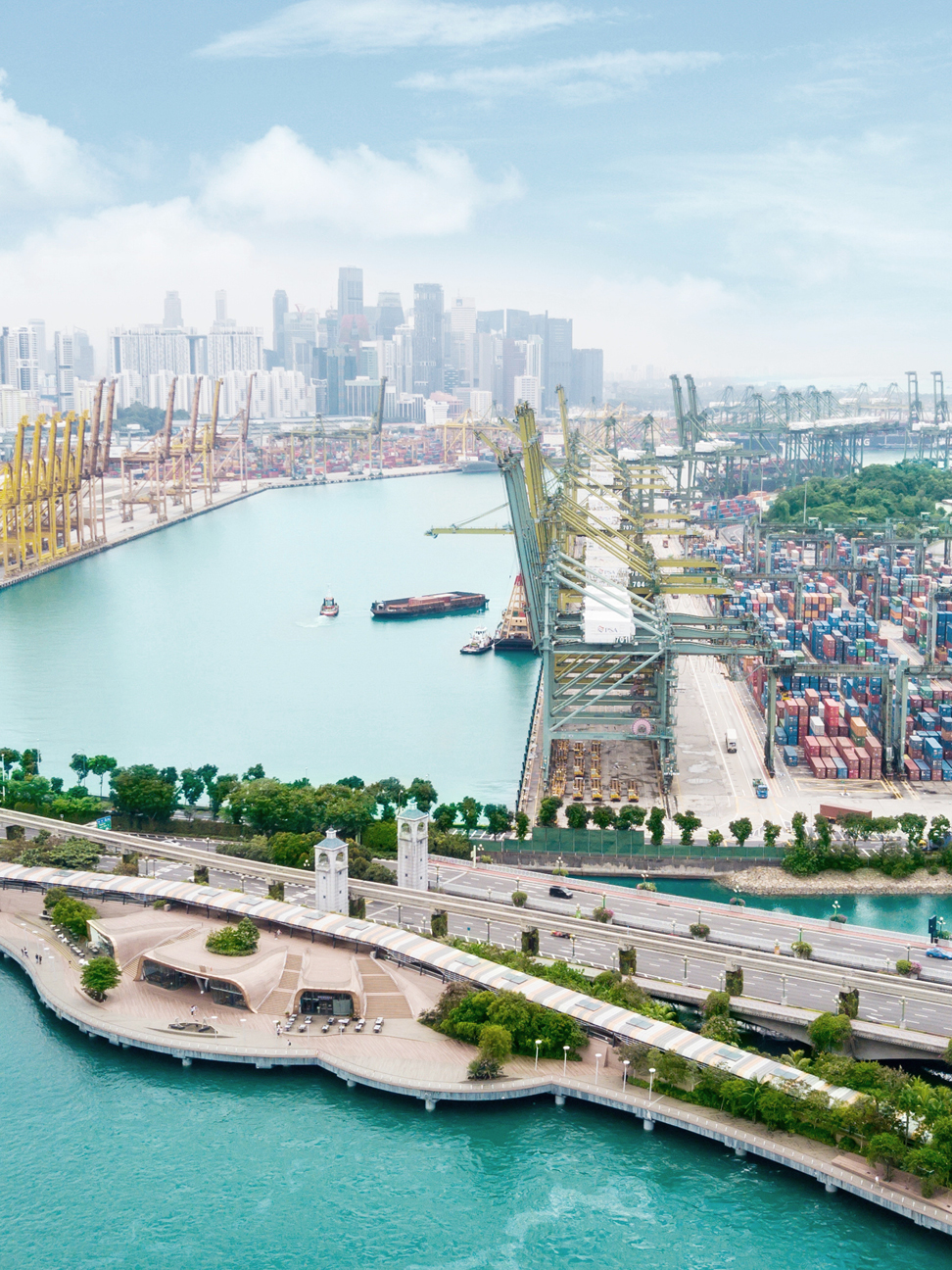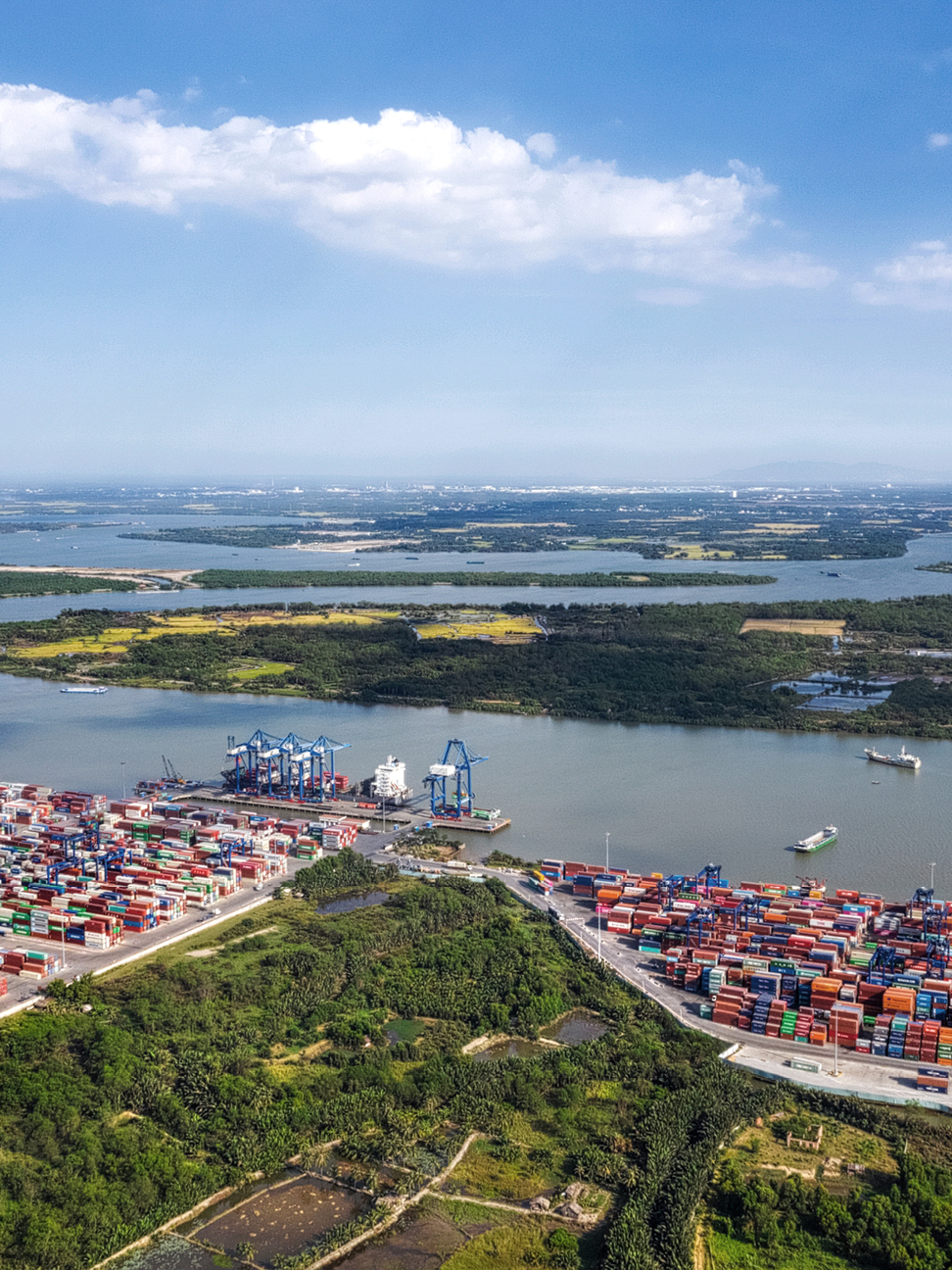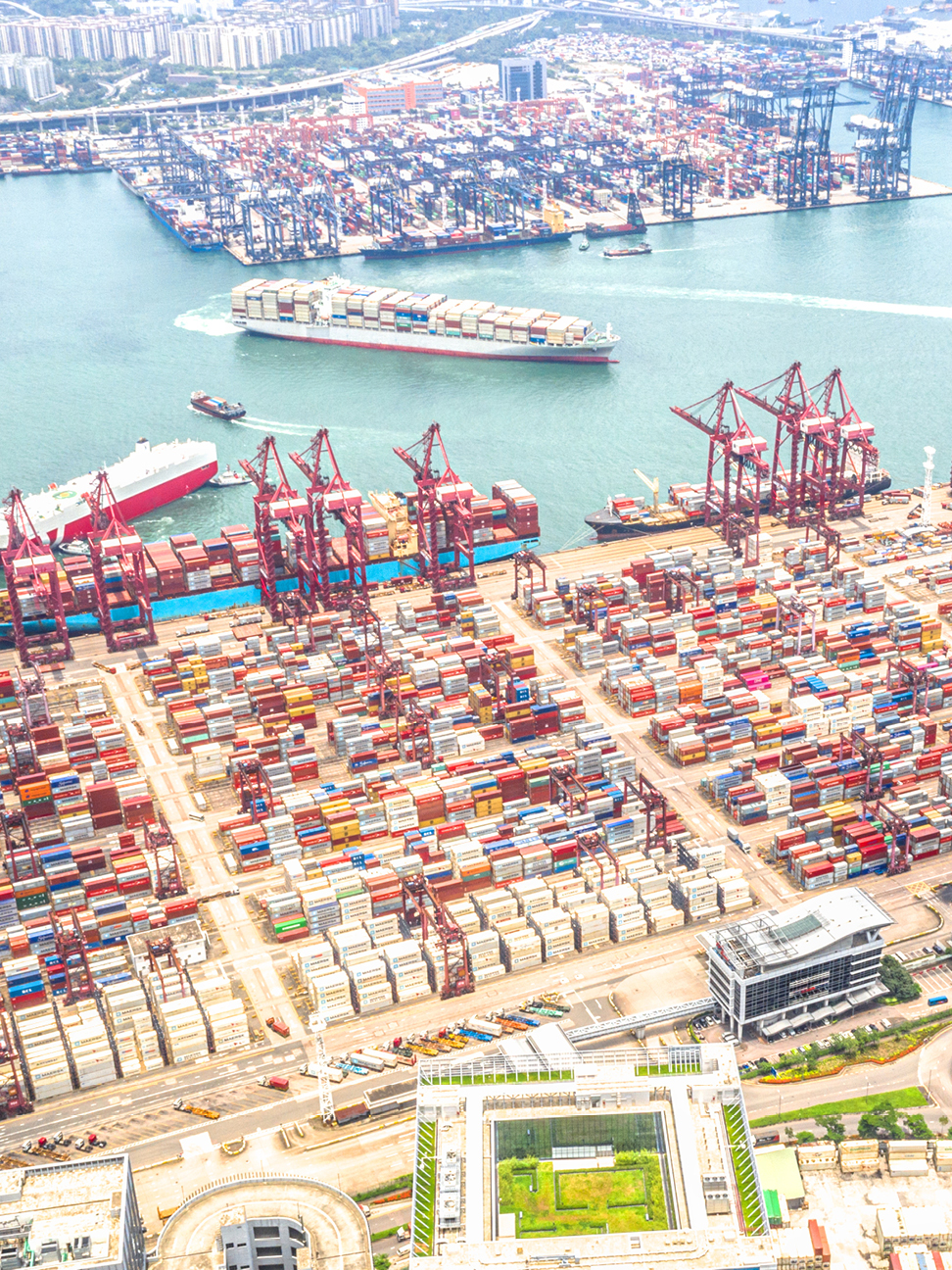Future Cities
2022 Global Seaport Review: Melbourne, Australia
Navigating evolving global seaport regions and their impact on industrial real estate
December 13, 2022 4 Minute Read

As Australia’s largest container port, the Port of Melbourne drives significant growth and activity in the industrial and logistics sector. On-dock rail connectivity investments will fuel the port’s growth, enabling it to continue as the leading location for distribution solutions and provide seamless rail transport to key logistics and industrial precincts.
Overview
The Port of Melbourne is the largest container port in Australia and accounts for around 30% of its international goods trade by value. The port is operated by Port of Melbourne Operations Pty Ltd under a 50-year lease which began in 2016. Melbourne functions as a transshipment hub for onward traffic to Tasmania and other locations.
More than 1,000 container ships passed through in 2021. It ranks 116th on the United Nations Port Liner Shipping Connectivity Index, making it the best-connected port in Australia. The port supports around 30,000 full-time equivalent jobs and adds AU$7.5 billion in value annually to the Australian economy.
The port forecasts 3.5% long-term annualized growth in TEU container trade volumes and has a rolling program of development projects to support the increase in activity.
Figure 1: TEU volumes
Source: CBRE Research, Port of Melbourne, 2022.
Figure 2: Population demographics
Source: macrotrends.net, 2022.
Australia’s largest and busiest container port, with over 1,000 container ships passing through in 2021
Port features
The port sits on more than 1,200 acres (500 hectares) with over 16 miles (27 kilometers) of waterfront. It features a 14-meter (46-foot) depth shipping channel draught, 30 commercial berths and handles an average of 900 new motor vehicles per day.
Multiple development projects are being pursued, including a new container terminal planned at Webb Dock North. Webb Dock East’s quay line is being expanded by 71 meters, which will allow it to accommodate two large modern container ships of up to 14,000 TEUs when it opens in 2023. The structural renewal of Swanson Dock West, targeted for completion in 2017, will be done on a rolling basis so that two out of the three berths are continually in use and ships of up to 10,500 TEUs can access the facility.
Figure 3: Port details
Source: CBRE Research, Port of Melbourne, 2022.
Trade partners
China is the port’s largest trading partner for import and export containers. Most vehicles imported through the port come from Japan. New Zealand is a key trading partner, with containers taking four days to arrive. The U.S. and Singapore are also close trading partners, with ships taking three and two weeks, respectively, to traverse.
Intermodal transportation
The overwhelming majority of freight is transported by truck—only 8% of TEUs were transported by rail in 2019. To ease congestion, a new road tunnel is being constructed so trucks can directly access the road network without passing through residential and busy commercial areas.
The port is also implementing a comprehensive plan to expand the capacity and improve the commercial viability of rail. The plan includes a new port rail line and integrated port rail container terminals connecting all docks to the rail network. The site of the former Melbourne Market, which is being used to expand the logistics capacity of the port, will also connect to the rail network. The port is working alongside the Victorian government to improve the interconnectivity and capacity of the wider Victorian freight rail network.

Real estate influence
The port is a major generator of industrial and logistics demand and is the strongest market of occupier activity in Australia. Vacancy is at an all-time low of 1.1% as of Q2. Transport, postal and warehousing occupiers account for most leasing activity (45%), followed by manufacturing (19%) and the retail trade (15%).
Like Sydney, Melbourne’s record-low vacancy pushed up rents for super prime and prime-grade stock. It’s predicted that Melbourne’s industrial market will require at least 490,000 sq. m. of additional e-commerce dedicated logistics space over the next three years to support growing internet sales. Average land values in Melbourne have increased at a record rate of 35% over the past 12 months.
The port and the Victorian government have identified the former Melbourne Market as a key site for the development of future logistics capacity, allowing for expansion within the already highly developed precinct close to the port.
Figure 4: Industrial & logistics market stats
Source: CBRE Research, H1 2022. *Y-o-Y
Explore Global Seaports by Port
Related Services
- Property Type
Industrial & Logistics
We represent the largest industrial real estate platform in the world, offering an integrated suite of services for occupiers and investors.
- Property Type
Ports
Manage all your integrated logistics needs with services that combine our industrial roots with extensive supply chain experience.
- Consulting
Supply Chain Advisory
CBRE Supply Chain Advisory helps you solve complex business problems and build distinct advantage through supply chain transformations.
APAC Research
Insights in Your Inbox
Stay up to date on relevant trends and the latest research.







